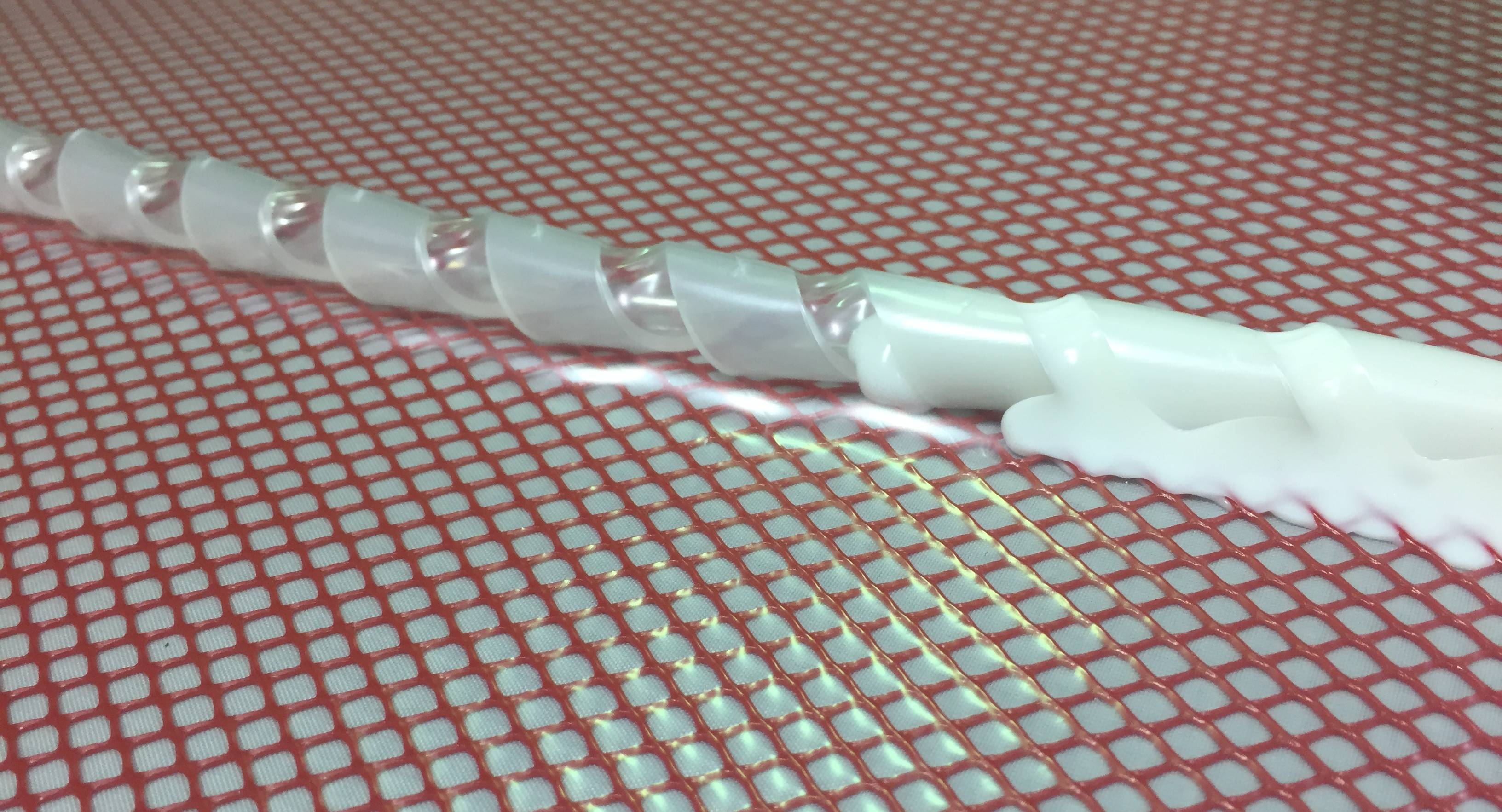Reinforced Phenolic Nano-Composites
Goal
To improve mechanical and flammability properties of phenolic composites
Motivation
There is always need for advanced materials with signficant improvement in the properties.
About
In spite of their adverse properties, phenolics continue as a large-commodity resin system with volumes in excess of 5 million tons/year worldwide. Phenolic resins exhibit excellent dimensional stability with constant-use temperature ranging from 150 to 180 degrees Celsius and excellent chemical and corrosion resistance. The major contribution of phenolic as a matrix in fiber reinforced composites is its fire, smoke, and toxicity (FST) characteristics.
There are numerous applications that require FST characteristics, such as aircraft interiors, tunnel materials, offshore oilfield grating and deluge pipe, as well as fire-safe components. Closely related phenolic materials such as benzoxazines (BZ) and cyanate ester (CE) are emerging as more desirable phenolic systems with favorable FST behavior. They cure with little or no volatiles, and are more versatile, but are more costly. The introduction of a nanophase within a polymeric system has been shown to substantially improve the overall physical and mechanical characteristics of the resulting nanomodified polymers [3].
The use of nanomodified phenolic resins as matrix into fiber-reinforced composites is in its early stages. Nanomodification lowers ablation rate and also lowers backside temperature rise for rocket ablative materials.
Water-based Cellobond® liquid phenolic resole resins have been available in the United Kingdom for more than 20 years and are used in mass transit, aircraft, marine, automotive, architectural, mining and tunneling. The high temperature resistance, excellent FST properties of Cellobond® phenolic composites makes it ideal for use in enclosed areas, where fire safety concerns and egress are critical. Also, since phenolics are inherently fire retardant without use of fillers or additives, the density of phenolic composites would be 20 percent to 30 percent lower than filled systems.
In this research, Cellobond® J2027L liquid phenolic resole resin was blended with Cloisite® Na+ in different loadings (0, 2.5, 5, and 7.5wt%) using high-shear and planetary-centrifugal mixing techniques. This nanomodified resin was further used to manufacture E-glass woven roving reinforced composites using low-cost vacuum assisted resin transfer molding (VARTM) process. These composites are tested for flammability and for mechanical properties.
Publications
- D. Kabakov, J. S. Tate, and J. Koo, “Effect of dispersion techniques on flammability and mechanical properties of phenolic/E-glass nanocomposites”, Journal of Fire Science, Sage Publications, In Publication.
- D. Kabakov, J. S. Tate, and J. Koo, “Effect of dispersion techniques on FST and mechanical properties of phenolic/E-glass nanocomposites”, International SAMPE Symposium and Exhibition (ISEE 2010), Seattle, WA, USA, May 18-21, 2010.
- J. S. Tate, D. Kabakov, J. Koo and S. Lao, “Nanoreinforced phenolic composites – flammability and mechanical properties”, International SAMPE Symposium and Exhibition (ISSE 2009), Baltimore, MD, USA, May 18-21, 2009, ID# B107.
